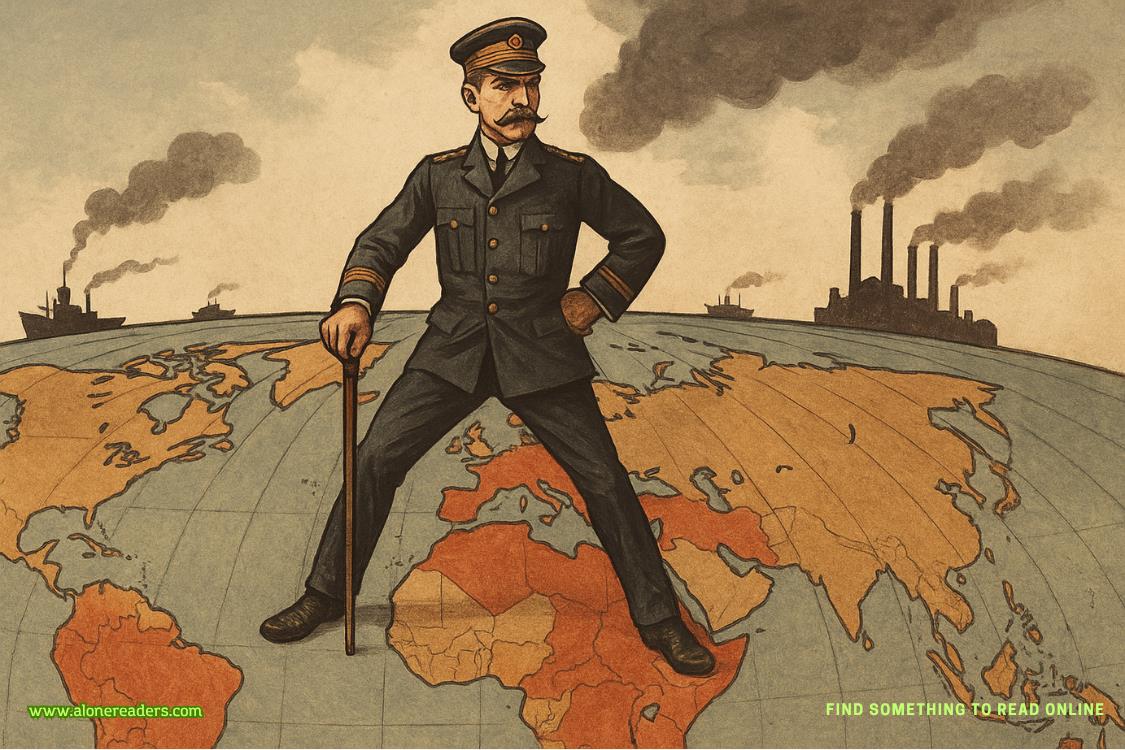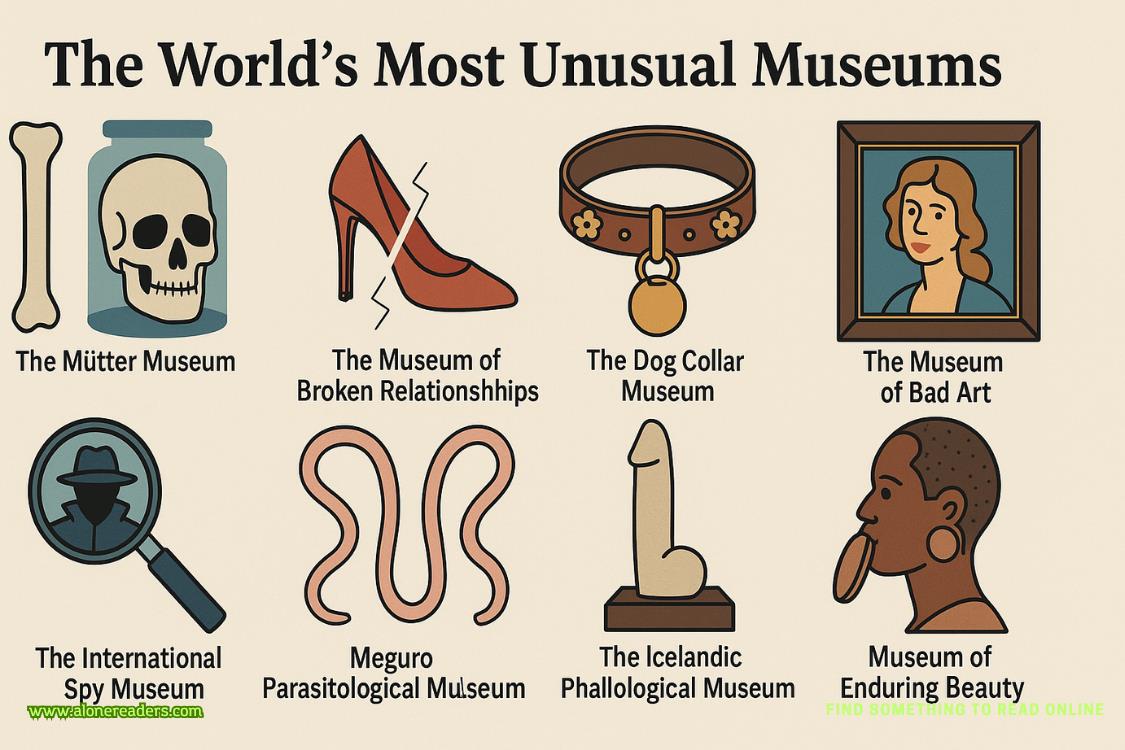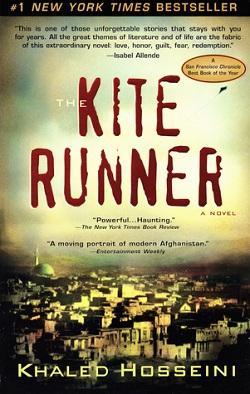Julian was regarded as one of the most learned and influential Old Masters dealers in the world, with a gold-plated client list and a matchless talent for finding misattributed paintings known as “sleepers” and bringing them to market. And yet time and time again he had flirted with financial ruin, in large part because he preferred to possess art rather than sell it, a near-fatal affliction for someone in his line of work. His unusually close relationship with Gabriel was for many years a source of considerable speculation among the incestuous inhabitants of the London art world. Amelia March’s story inARTnews, while entirely accurate, had only scratched the surface.It was Julian Isherwood, the only child of a noted German-Jewish art dealer who was murdered at the Sobibor death camp, who had helped to build and maintain Gabriel’s cover identity during his long career as an intelligence operative.
At Gabriel’s suggestion, Julian had recently agreed to take on a partner, an American art historian named Sarah Bancroft who had spent several years working as a clandestine operative for the Central Intelligence Agency. Beautiful, brilliant, and ruthlessly efficient, she had succeeded in putting Isherwood Fine Arts on a firm financial footing. Julian, having been relieved of nearly all responsibility, now dwelled in the nether region between retirement and emeritus status. He rarely set foot in the gallery before noon, leaving him just enough time to make a general nuisance of himself before embarking on the three-hour period of his day he reserved for his luncheon. Gabriel was pleased that his old friend had decided to parachute unannounced into Venice. Julian was one of those rare souls who made life a bit less tedious.
He plucked a fat green olive from the bowl and devoured it. “I heard a terrible rumor about you recently.”
“Really? Where?”
“The bar at Wiltons. Where else?”
The celebrated Jermyn Street restaurant was an art world watering hole. Julian made a nuisance of himself there as well. “And the nature of this rumor?” asked Gabriel.
“That you were the one who discovered the body of that poor girl from the Courtauld floating in the Venetian Lagoon.”
“It wasn’t exactly a secret, Julian. It was in all the Italian papers.”
“These days I only read theGuardian.” Another olive disappeared. “I suppose you heard about poor Giorgio Montefiore.”
“Giorgio’s murder made the papers too.”
“You didn’t find the body, did you?”
Gabriel smiled but said nothing.
“Montefiore thought quite highly of himself,” Julian continued. “Even by the lofty standards of the art world. But in my humble opinion, his reputation was entirely undeserved.”
“And why was that?”
“That would require me to speak ill of the dead, something I try to avoid at my age.”
“It will never leave this table.”
Julian lifted his gaze toward the ceiling, as though searching his memory. “About a hundred years ago, I popped into Italy on one of my hunting expeditions. It was before the Italian government got serious about protecting the country’s cultural heritage. We dealers used to buy paintings by the ton and cart them back to London. Only a small percentage were autograph works by great masters. The rest were workshop pieces or later copies. Manner of so-and-so, circle of what’s-his-name—that sort of thing.”
“You, however, could always tell the difference.”
“I wasn’t half bad,” said Julian with false modesty. “But less erudite dealers often sought the advice of an Italian art historian. One who was known to be rather charitable with his opinions. If the price was right, of course.”
“Montefiore?”
Julian nodded. “During the aforementioned hunting expedition, I stumbled on a lovely portrait that looked to me as though it had been painted by Perugino. I took the picture to Montefiore, who was inclined to agree, provided I hand over the requisite sum of money.”
“And your reaction?”
“I was appalled and told him so. It was the last time we ever spoke.”
“Well done, Julian.”
“Accepting money in exchange for a favorable attribution is unconscionable. You would never do such a thing. And you have one of the best pair of eyes in the business.”
“It’s a bright red line,” agreed Gabriel. “A definite no-no.”
“The late Giorgio Montefiore didn’t agree. I have it on the highest authority that he continued the practice throughout his career.”
“Anything in particular?”
“In these litigious times, I shall say no more.”
They finished their first round of Bellinis and a second appeared, compliments of the house.















